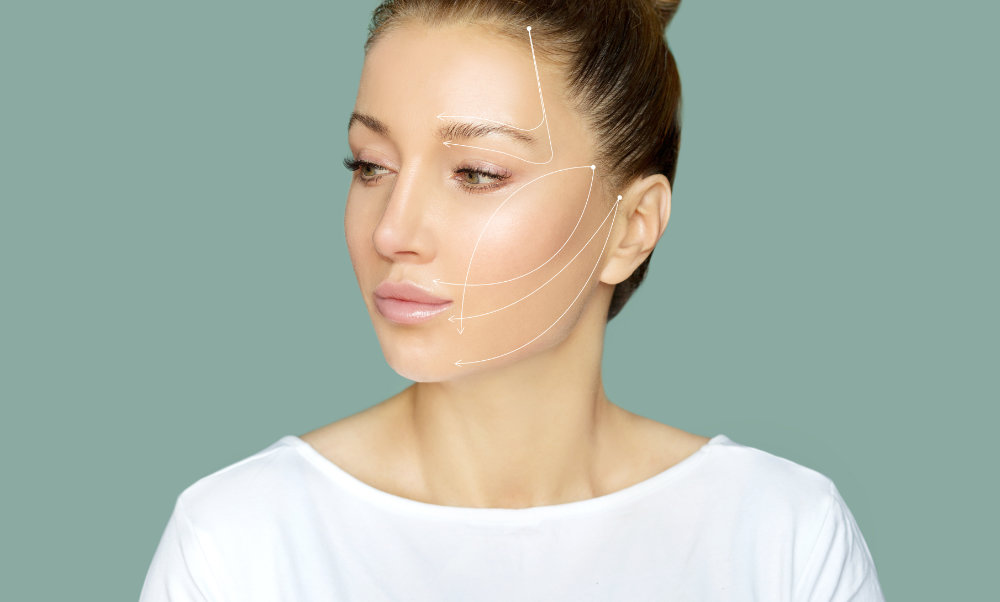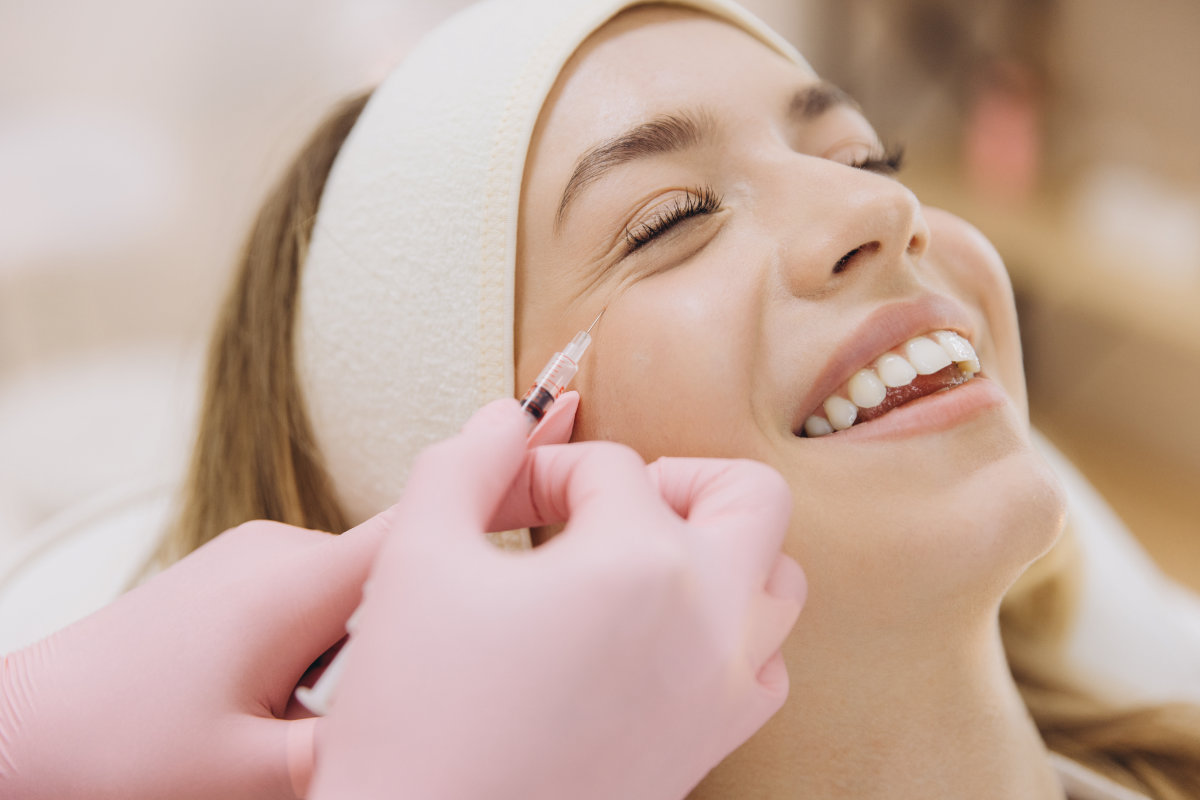Do you want to get a hair transplant in Turkey? If so, you need to be aware of the potential risks associated with it and make sure you choose a reputable and experienced surgeon. In this blog article, we’ll discuss the dangers of Turkey hair transplants, including the cost, over-harvesting the donor site, risks of too much density to the recipient scalp, poor hairline design, wrong angles and direction of the grafts, and lack of follow up care. We’ll also explain how to choose a hair transplant surgeon.
What Is a Turkey Hair Transplant?
A Turkey hair transplant is a surgical procedure used to restore hair growth in areas of the scalp where hair has been lost or thinned. It involves taking donor hair from one part of the head and transplanting it to the bald or thinning areas. Turkey hair transplants are a popular option as they are relatively affordable and when done properly can provide excellent results. It involves medical tourism because many patients need to fly to Turkey for the procedure, they typically will stay at a hotel included with the package, and then have to fly back to their home country.
Types of Hair Transplants
There are two main types of hair transplants: Follicular Unit Extraction (FUE) and Follicular Unit Transplantation (FUT). The FUE method involves removing individual hair follicles from the donor area and transplanting them into the bald or thinning areas. The FUT method involves removing a strip of hair from the donor area and then dividing it into individual follicles which are transplanted into the bald or thinning areas.
The Cost of a Turkey Hair Transplant
The cost of a Turkey hair transplant is typically lower than in other countries, making it an attractive option. The exact cost will depend on the type of transplant you are having, the number of grafts, and the surgeon’s experience. Generally, you can expect to pay between $2,000 and $6,000 for a Turkey hair transplant.
Over-Harvesting the Donor Site
One of the risks associated with Turkey hair transplants is the potential for over-harvesting the donor site. The safe donor zone of the scalp is an area from the ear to ear and overlying the occipital scalp or the portion that sticks out in the back of your head. Hairs removed from this area are typically resistant to hair loss effects that cause Androgenetic Alopecia, or male pattern baldness. Hairs removed above and below this area are at risk for hair loss and would not result in a permanent restoration. The hair follicles that are removed will not grow back in the donor scalp. The average person has 4,000 to 6,000 hair follicles in this area but the range can be from 2,000 to 8,000 hair follicles.
The Turkey hair transplant will typically place 4,000 grafts or more. Although many patients can support this size of transplant, not every patient can. When too many grafts or hair follicles are taken from the donor site the result can cause permanent hair loss. This can lead to a balding appearance on the back and sides of the head and may lead to visible scars.
Risks of Too Much Density in the Recipient Scalp
Another risk associated with Turkey hair transplants is the potential for too much density in the recipient scalp. When too many grafts are placed in an area, it can cause an unnatural and unattractive appearance as well as complications such as infection, scarring, and graft necrosis.
Necrosis of the graft occurs when too many hair follicles are placed or packed into the recipient scalp. Hair follicles require appropriate spacing to survive after a hair transplant to get enough blood supply. When grafts are placed too close together it can lead to inadequate blood supply to individual hair follicles. The transplanted hair will die off and not grow. This process can also lead to infection and scarring. To avoid this risk, it is important to choose a surgeon who has experience in placing the correct number of grafts in the right areas.
Poor Hairline Design
A poorly designed hairline is another potential risk of Turkey hair transplants. A good hairline should look natural and should be designed to frame the face. It should incorporate the temple area and maintain a masculine appearance. When the hairline is advanced without proper temple hair reconstruction, it can result in what I like to call the “cap effect”, a hairline that looks like you are wearing a baseball cap. All too often the Turkey hair transplant will convert a male hairline with a curve and downward slope which ultimately will look feminine.
Unfortunately, some surgeons may not take the time to design a hairline correctly, resulting in an unnatural and unattractive appearance.
Wrong Angles and Direction of the Grafts
Another risk associated with Turkey hair transplants is the potential for wrong angles and direction of the grafts. This can result in an unnatural and unattractive appearance. Different areas of the scalp require certain angles when creating the sites. A good surgeon will also match the direction of the existing hair follicles to ensure that the grafts are placed at the right angle and direction. When done properly, the transplanted hair should not look like a hair transplant.
No Follow-up Care after the Transplant
Another risk associated with Turkey hair transplants is the lack of follow-up care after the procedure. This is important as it allows the surgeon to assess the results, manage any potential complications, and provide advice on how to care for the transplanted hair. Without follow-up care, the grafts may not have a chance to successfully take root and the results may not be as expected.
How to Choose a Hair Transplant Surgeon
When choosing a hair transplant surgeon, it is important to do your research and make sure you choose an experienced and qualified surgeon. You should also make sure that the surgeon has experience in the type of hair transplant you are having. Additionally, it is important to ask questions such as how many transplants the surgeon has performed and how long they have been performing them.
Conclusion
Turkey hair transplants can be a cost-effective way to restore hair growth. However, there are some risks associated with the procedure, including over-harvesting the donor site, risks of too much density in the recipient’s scalp, poor hairline design, wrong angles and direction of the grafts, and lack of follow-up care. It is important to choose a qualified and experienced surgeon who takes the time to design a hairline that is in proportion to your face and looks natural, and who provides follow-up care after the procedure.
If you are considering a Turkey hair transplant, it is important to be aware of the potential risks and to do your research to make sure you choose an experienced and qualified surgeon. Remember the saying: You get what you pay for!
At The Youth Fountain in Freehold, New Jersey, I have been treating hair loss for my patients since 2019. I offer medical, low-invasive procedures, and hair transplants. You can be confident in trusting The Youth Fountain with your hair loss needs.



